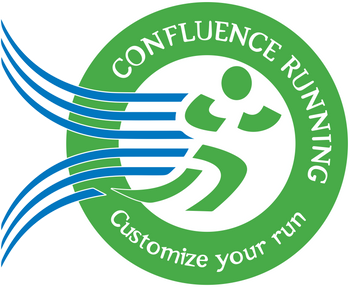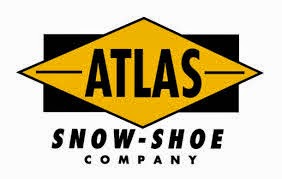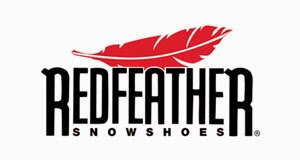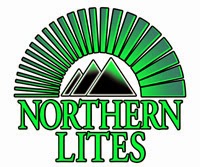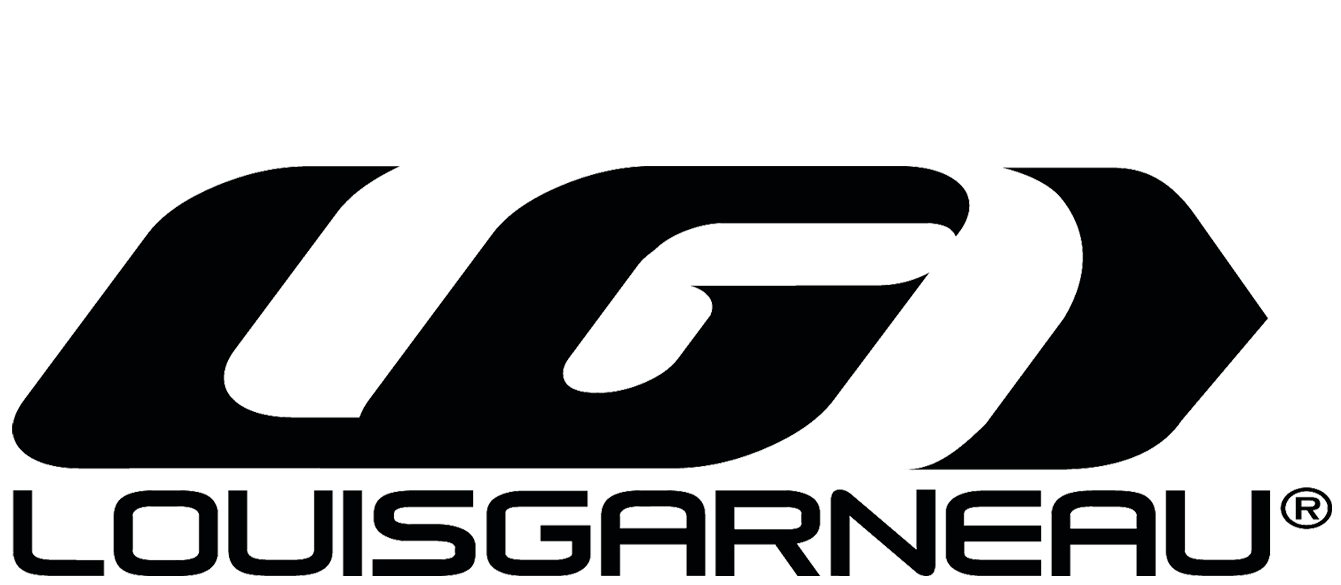What I am referencing is the wonderful winter activity of "Snowshoe Running". As a relatively new sport in terms of national recognition, snowshoe running is actually the fastest growing endurance sport in America. Why is that?
1. It's fun
2. It breaks up the monotony of winter
3. It is by far one of the best workouts you ever had
4. Races are cheap: 10-25 dollars for a 10k with royal amenities such as hot chocolate and embroidered give-aways.
5. It's different than road running and a little more adventurous than trail running
6. It is a great way to achieve a beach body by April (okay not proven science but many would argue this statement's validity as fact)
So you are interested in snowshoe running. Where to start?
1. Look Into the USA Snowshoe Association.
The website provides all the information needed for snowshoe racing across the country. Every year there is a National Championship held in a different region of the country each year and the race weekend usually at the beginning of March is more like a running festival than just a race site. In order to run at nationals, you need to be a USA snowshoe member: a price of $30 gets you a ticket to qualify for nationals and a top age-graded performance at a regional qualifier. Most people can qualify for nationals as the sport is still growing and qualification standards are not outrageous like other running divisions.
2. Check out your local running store.
They may have all staff that love to snowshoe run and have connections and maybe even sell running snowshoes so that you can try them out.
3. Ask around your community.
A lot of endurance athletes such as triathletes, ultra runners, and road racers have gained the benefitsof snowshoe running and so should you!
The Running Snowshoe!
There are a lot of questions going into the running snowshoe. Here is my tutorial on them.
Running snowshoes are light: made of airplane grade aluminum and come either with a binding system or are direct mount. They come in all different shapes and sizes: running snowshoes usually come in at 21-24 inches in length and there are some now even smaller yet fit the USA Snowshoe Association Regulations of 120 Square Cubic Inches of Surface Area.
Here is the link to the applicable snowshoes: http://www.snowshoeracing.com/legal_size.htm
As you can see my Dion Snowshoes have a strap system or binding that holds my foot in place. The snowshoes have an articulated ankle suspension so your foot is not directly stuck to the snowshoe itself so the snowshoe flops up and down and allows for a natural running stride. Know that running in snowshoes is a demanding physical activity and is extremely snow condition dependent. Add at least a minute to your overall road running training per mile pace is a good rule of thumb for running in snowshoes. When dealing with deeper powder....time goes out the window.
Running in snowshoes is very easy to get used to. Your running gait will be slower and you will naturally have a winder stance when running in snowshoes because of the shoes on your feet and the drag associated with snow. It takes a couple times of testing out snowshoes to get used to them. Once you have practiced in snowshoes a little, running in them will be second-nature.
There is nothing like strapping on some snowshoes for a brisk winter run. It allows for you to connect with winter in such a way where winter becomes FUN AGAIN!
Most of these top-of-the-line racing snowshoes are going to set you back about $250 but you do not need a new pair every season. I have had my snowshoes for going on 3+ years and they are still looking good. They are a great investment to your health and for you to try out something new and refreshing.
Putting snowshoes on are as simple as unstrapping the binding and then placing your foot into the bindings and then tightening around your foot. Taking the snowshoe off is just the opposite fashion. Everything is very easy to do with minimal time wasted.
Apparel for Running:
Dress how you would if you were going for a standard cold winter run: Hat, Gloves, Tights, Baselayer(s), Midlayer, Jacket, Vest, etc. The interesting notion about the activity is once you begin to start moving, you warm-up extremely quick and those extra layer you started out with are left only to a baselayer and tights. I try to shoot for water resistant gear as the snow will melt with your body heat on you and usually refreeze on your garments so having a thermal running jacket with wind-proofing and water repellent properties is highly recommended or even a running vest can give you those properties with a full-on jacket without all the extra restriction.
Here are a bunch of companies that offer great snowshoe running products:
